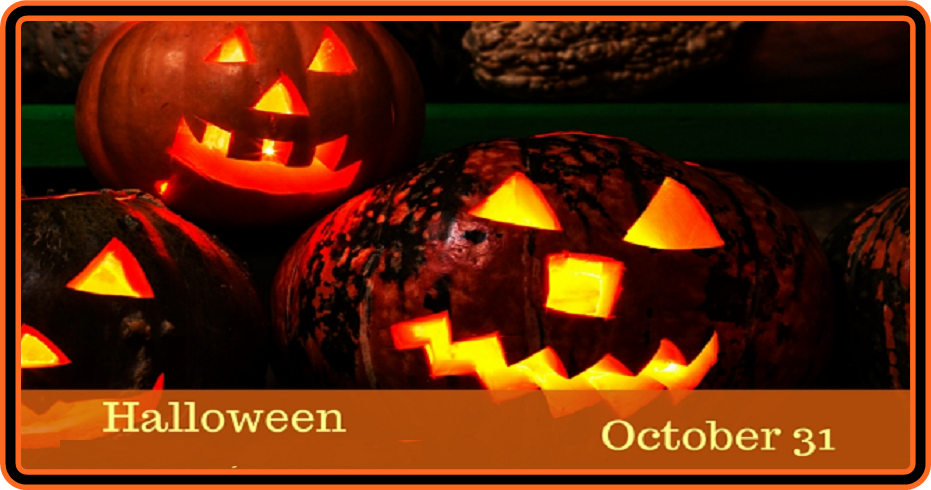Today is what day? Halloween!
- Dennis McCaslin

- Oct 31, 2018
- 2 min read


On October 31st ghouls and goblins, creatures and strange folk come creeping about the neighborhood seeking favors over trickery. This holiday tradition has become known as Halloween.
Typical festive Halloween activities include trick-or-treating (or the related “guising”), attending costume parties, decorating, carving pumpkins into jack-o’-lanterns, lighting bonfires, apple bobbing, visiting haunted house attractions, playing pranks, telling scary stories and watching horror films.
In many parts of the world, the Christian religious observances of All Hallows’ Eve, including attending church services and lighting candles on the graves of the dead, remain popular.
Although, in other locations, these solemn customs are less pronounced in favor of a more commercialized and secularized celebration.
Because many Western Christian denominations encourage, although no longer require, abstinence from meat on All Hallows’ Eve, the tradition of eating certain vegetarian foods for this vigil day developed, including the consumption of apples, colcannon, cider, potato pancakes, and soul cakes.
Dating back to an ancient pagan harvest festival marking the end of summer and beckoning the beginning of winter, seasons overlapped during Samhain (pronounced sah-win) and revelers believed the worlds of the living and the dead crossed.
To interact with the spirits, the living would wear costumes and light bright bonfires to help protect them.
Similar celebrations honoring the dead took place in Roman traditions which were gradually blended and soon replaced the Celtic ceremonies.
All Martyrs Day established by Pope Boniface IV in 609 A.D. was eventually moved by Pope Gregory III to November 1 which later became known as All Saint’s Day.
The eve of this celebration became known as All Hallows Eve or Halloween.
Through the Colonial era in America, Halloween celebrations were considered taboo due to religious beliefs. By the Victorian era, though, Halloween traditions featured fall festivals, parties and foods involving communities and neighborhoods.










Comments